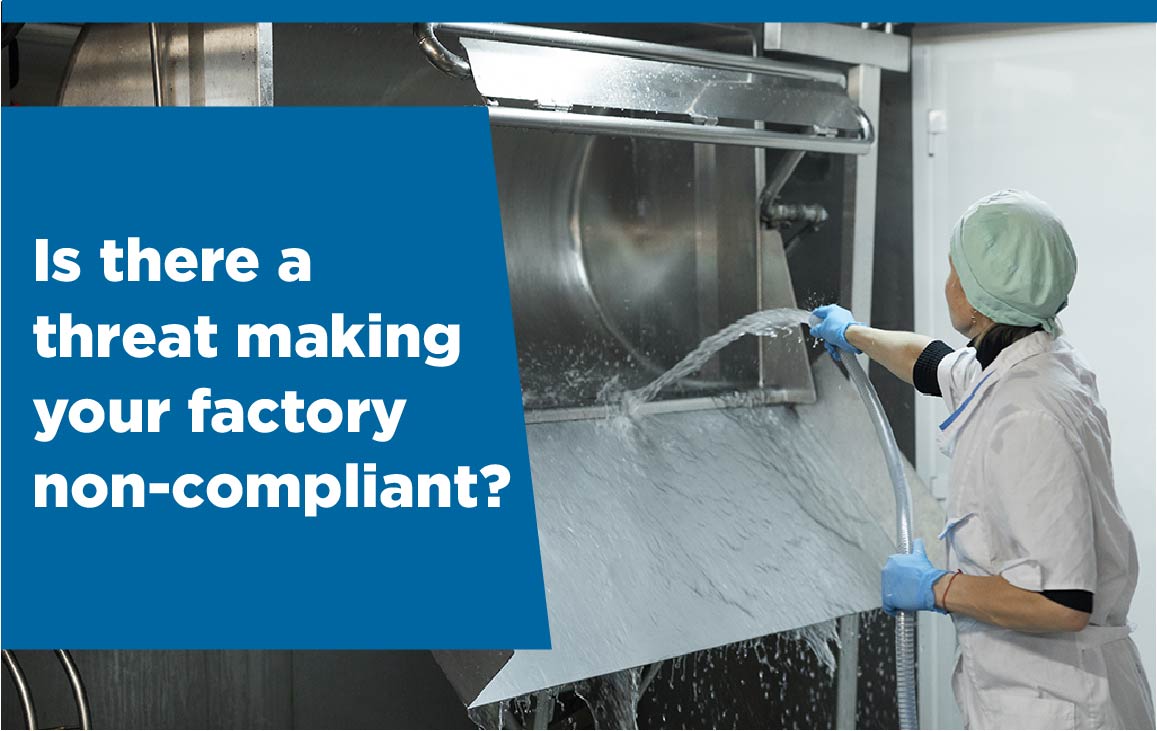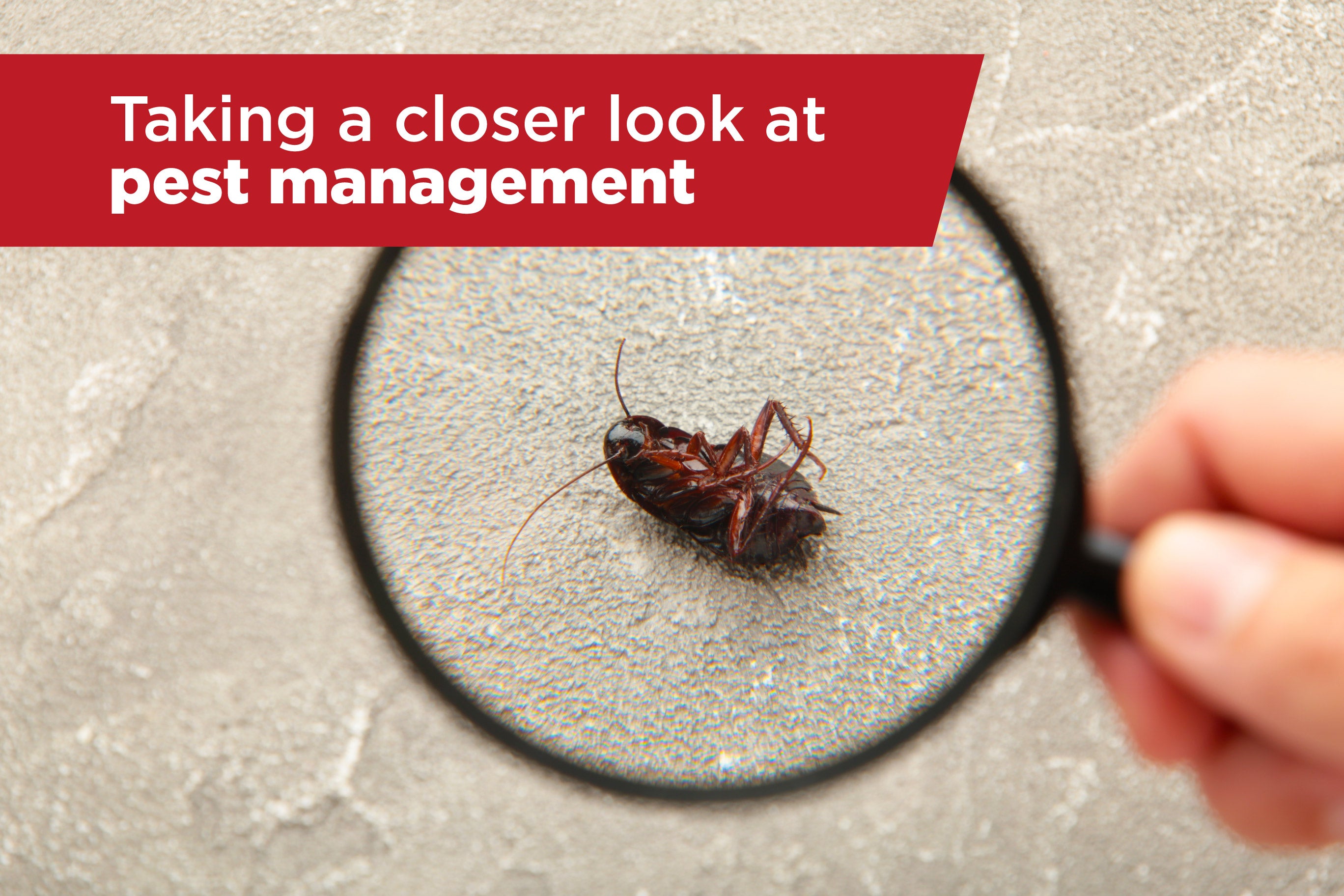Production output fell by as much as 27% in response to the introduction of safe working at the start of Covid. As safe working looks here to stay, businesses are under incredible pressure to keep costs down and feed the nation whilst keeping teams safe.

What practical actions can be taken to improve operational efficiency while keeping teams safe?
Total cost to the business
As we’ve all seen, the cost of Covid is not limited to additional cleaning, signage and sanitiser gel. Having created a safe working environment and gained a measure of the investment/ set-up cost, the opportunity is to apply sound lean principles to the ongoing Opex cost to the business:
Production output and costs
– Hygiene materials
– Clean downtime
– Sickness levels
– New starter training and induction
To take a well-known phrase, if you don’t measure it… By understanding the Opex cost increases and where they are associated creates the opportunity to prioritise what could be improved through a lean process review.
The cost of cleaning
The cost of cleaning Post Covid, the % of labour costs associated with cleaning have dramatically increased. Whether it is related to Covid hygiene management or additional BRC hygiene management, the opportunity exists to reduce time through intelligent design.
– Touchless
– People flows
– Dirt traps and harbourage points
– Risk register
When social distancing isn't practical
While social distancing is the primary means to stay safe and reduce the transmission of the virus, spacing for many sites offers limited flexibility to spread out the production process. The main risk of Covid transference is the air, hence social distancing being the obvious method of risk management. How then to reduce the risk of an individual’s (infected) breath passing to a colleague and then throughout the business
COVID breath barrier
Your review checklist can consider whether the people being protected are static or mobile, sitting or standing, the cleaning process required for that location and the BRC risk review requirements. This will determine whether the barrier is structural or transportable. When part of the operation has been transferred into new rooms or even marquees, the whole flow can be reviewed in contact of risk, efficiency and cost.
Can do canteen
In communal areas such as canteens and smoking areas, the risk derived from people moving mean the canteen can hold less people. Whether this is managed by screens, split shifts or creating additional rest areas, furniture and equipment can help create an
optimised safe space.
It’s still good practice to review the positioning and prominence of messaging and markers in relation to behaviour. And if it’s established that signage and nudge theory don’t work, consider technology. Sanitising turnstiles at the canteen entrance will control total numbers in the canteen, provide enough time for people to socially distance and ensure hands are sanitised before the break.
Smoking safely?
We all know the phrase – relax and let your guard down. Unfortunately, this also applies to smoking shelters. The environment can reinforce the right behaviour, such as pods designed for 1 and improved access to multiple ashtrays… backed by appropriate signage.
Optimised changing rooms
Changing rooms present a challenge given space is often at a premium and people are often rushing at the start and ends of shifts. Yet staggering shifts can impact labour cost or production efficiency, which can affect the bottom line. Consider the spacing of PPE and wash troughs to enable them all to be used safely for the full 20 seconds in a way that best supports production efficiency. Is hand drying optimised for Covid too?
Must touch?
Just as hands-free hand washing is a given, consider converting other touchpoints such as doorways to being sensor controlled. If they are truly not viable, reduce risk by incorporating sanitising gel at the point of contact or converting them to antimicrobial touchpoints. Covid represents new risk management processes as it is focused on people, not food. It is in people’s interests to stay safe. Longer term, we may see it as reinforcing a hygiene culture in line with BRC issue 8.





